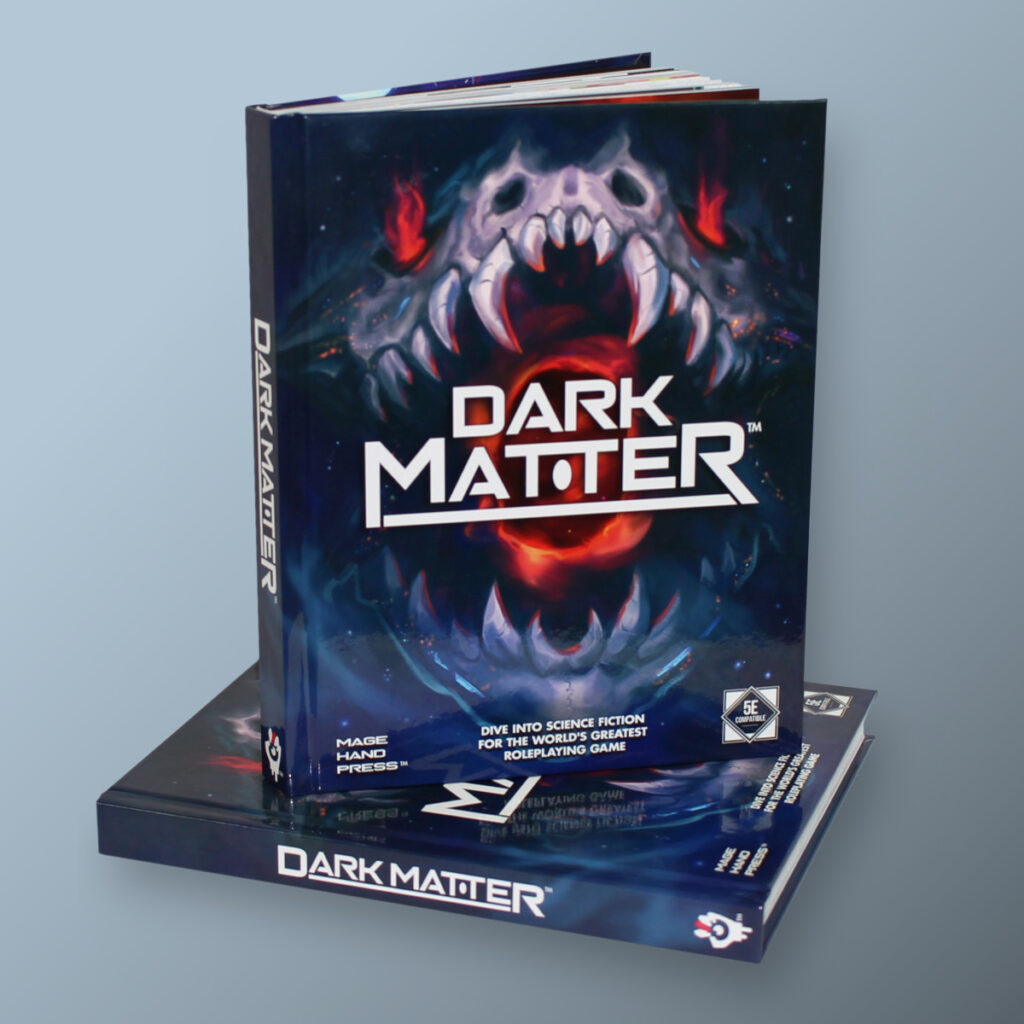Comments from the Finger: If you’re interested in seeing a Siegeball Sourcebook, go to our Patreon and cast a vote in this month’s poll! I think it has a good chance of winning this month!
Also, I just finished this week’s Hero Club! Holy cow was this last episode a roller-coaster! I literally shouted at my computer while listening to it, confusing nearby onlookers. Alas, a blurb in a Wednesday post isn’t the best place to talk spoilers about my favorite D&D podcast.
For those not in the know, Hero Club is a slick as hell D&D podcast that’s currently doing a noir story called It Never Sleeps using parts of our very own Lovecraft Handbook! This season, the characters are really magnetic, and we’ve done a couple of PDFs to accompany them already.
Even if podcasts aren’t normally your thing, you should still give this a try: Hero Club is very much a D&D podcast for people who don’t usually enjoy those. They’ve got killer voice-actors playing all the NPCs, great audio editing, and a really snappy story every episode. (The GM is a killer story teller) It’s a great experience, and it’ll definitely be worth your time!
Siegeball Feats
A feat represents a talent or an area of expertise that gives a character special capabilities. It embodies training, experience, and abilities beyond what a class provides.
At certain levels, your class gives you the Ability Score Improvement feature. Using the optional feats rule, you can forgo taking that feature to take a feat of your choice instead. You can take each feat only once, unless the feat’s description says otherwise.
You must meet any prerequisite specified in a feat to take that feat. If you ever lose a feat’s prerequisite, you can’t use that feat until you regain the prerequisite.
Siegeball tournament competitors, retired siegeball players, and dungeoneers might find the following feats useful. After all, the same skills that make a world-class siegeball player could also serve a daring adventurer or a gritty tomb-robber in their line of work.
Blocker
When an entire siegeball team charges to the other end of the arena, a quick victory for one side or the other is assured. The safer strategy (and the one most often employed) is to designate one or two player as blockers, who hang back by the tower or by mid-field to ensure that an errant ball doesn’t fly past the team’s defenses. Blockers need to be steadfast and powerful, capable of knocking a ball to the other side of the field when need be, and gain the following benefits:
- You can take the Block action as a bonus action on your turn.
- You take half damage from siegeballs that hit you.
- In a pinch, you can dive in the way of a shot. When an ally within 10 feet of you is hit by an attack or fails a Dexterity saving throw, or when a siegeball is about to hit your tower, you can use your reaction to dive in front of the shot. You move adjacent to your ally or tower and take the damage instead of the original target. If you jumped more than 5 feet to intercept the effect, you fall prone. You can use this ability once in each siegeball game, but can use it as often as you wish outside of siegeball games.
Disguised Spellcaster
In many public places, spellcasters simply aren’t welcome. However, you’ve refined an ingenious disguise that conceals your magic within ordinary objects. You gain the following benefits:
- Increase your Intelligence, Wisdom, or Charisma modifier by 1, to a maximum of 20.
- When you cast a cantrip that requires a spell attack roll, you can disguise its casting (including its spell components) and effects as if it were a melee weapon attack. To do this, you must be holding a melee weapon and must target a creature within 5 feet of you. You don’t have disadvantage on this spell attack roll for a hostile creature being within 5 feet of you. The effects of the spell are completely invisible, appearing as if you instead delivered a mighty blow with the weapon.
Showman
Though many siegeball players are dedicated athletes, placing all their attention on the game at hand, some relish in appeasing the crowd, curring their favor and performing stunts. You gain the following benefits:
- Increase your Charisma score by 1, to a maximum of 20.
- You gain proficiency in the Performance skill. If you are already proficient in the skill, you add double your proficiency bonus to checks you make with it.
- If there is a non-combative audience watching you fight, once per turn, you can gain a bonus to an ability check or attack roll equal to the number of people in the audience, up to a maximum of your Charisma modifier. You can use this ability three times, and regain all expended uses when you finish a long rest.
Striker
In siegeball, strikers are players who play offensively, pursuing the ball and making shots at the opposing tower, while others on the team hang back and defend. Such players need high stamina and a thunderous strike, and gain the following benefits:
- You gain proficiency with all siegeball weapons.
- Whenever you hit a siegeball, it gains a +2 bonus to its momentum points.
- When you roll damage for a melee weapon attack, you can choose one of the attack’s damage dice and maximize it. Once you use this ability, you can’t use it again until you finish a long rest.
Team Coordination
An entire team of all-star champions can easily lose a siegeball game against a well-coordinated team of rookies. You know that careful passes and clever tactics always count more than raw might, and as such, you gain the following benefits:
- Increase your Wisdom score by 1, to a maximum of 20.
- You can effortlessly pass the siegeball to your teammates. When you make a melee weapon attack against a siegeball, you can choose to make it a pass. The ball must be directed to collide with one of your allies. You then automatically hit the ball, requiring no attack roll, and the ball does not deal damage to your ally when it collides with them.
- When you roll initiative, you can switch your place in initiative order with one willing ally that has also rolled initiative. Additionally, that ally has advantage on the first attack roll it makes its first round of combat.



